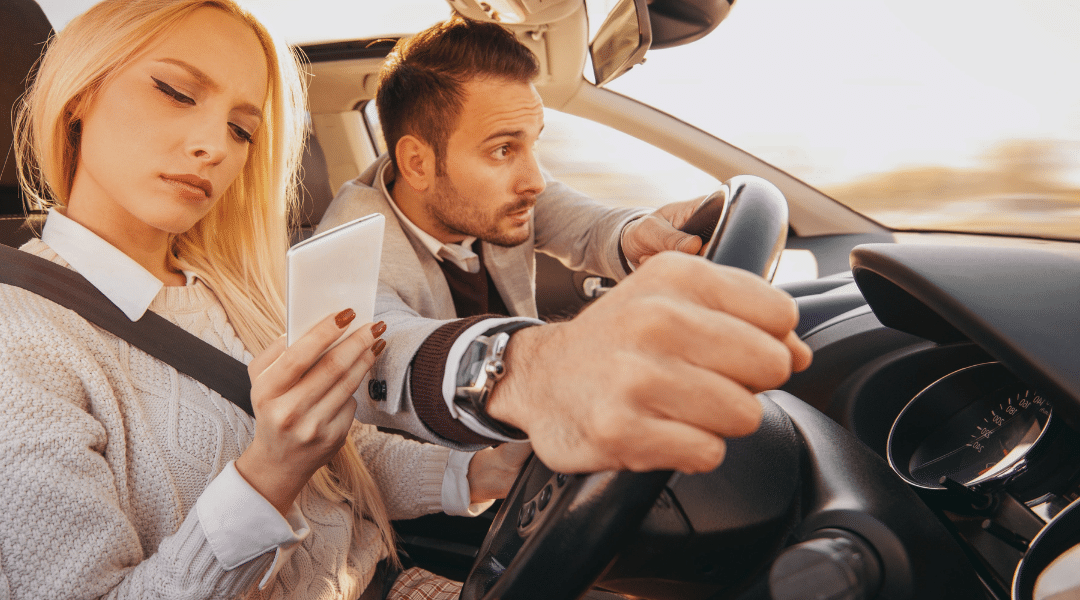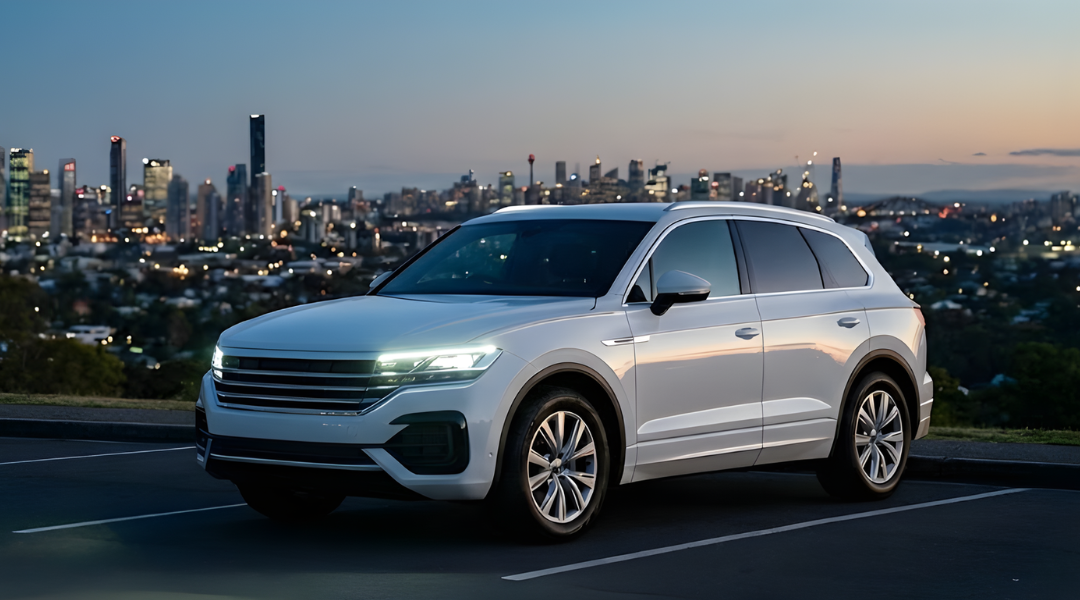Out of the top four causes of fatal automobile accidents in Australia, distracted driving is among them—along with speeding, alcohol consumption, and driver fatigue. What’s more alarming, though, is that instances of distracted driving are exponentially increasing, ever since smartphones have become an integral part of our everyday lives.
What is Considered Distracted Driving?
Anything that keeps your focus and attention from driving is considered a distraction. Whether you’re eating and drinking, sending text messages, putting on makeup, or grabbing something from the back seat, straying your eyes off the road is a threat to safe driving.
What are 4 Types of Distractions While Driving?
Distractions while driving can be classified into four categories, depending on how they impede your full attention:
Cognitive Distractions
Cognitive distractions cause drivers to lose focus, and also known as Inattention Blindness.
- Talking to your Passengers
- Talking on the Phone
- Daydreaming
- Keeping Kids Quiet
- Visualising a Meeting
- Thinking About Work
Visual Distractions
These are the things that force drivers to take their eyes off the road. Not looking at where you’re going is as good as driving blind.
- Looking at your Phone
- Looking at Maps
- Programming the GPS
- Admiring the Scenery
- Looking at Billboards
Auditory Distractions
We use both our eyes and ears when driving. When something impedes our ability to hear what’s going on can pose a threat.
- Loud Talking
- Babies Crying
- Kids Fighting
- Loud Music
- Focusing on Engine Sounds
Physical or Manual Distractions
This type of distraction is where activities that force your hands off the wheel fall into. These increase your risk of getting into an accident because they increase your reaction time when confronted with hazards.
- Eating and Drinking
- Changing the Radio Station
- Using the Phone
- Getting Stuff from the Back Seat
- Putting on Makeup
- Restraining Pets
[/vc_column_text][vc_separator style=”shadow”][/vc_column][/vc_row][vc_row][vc_column][vc_single_image image=”11284″ img_size=”730×410″][/vc_column][/vc_row][vc_row][vc_column][vc_column_text]
How to Maintain Focus While Driving?
Focusing on the road is key to safe driving. To maintain full attention and minimise any type of distraction, we’ve put together a checklist and reminders:
Even Before You Start Driving
- Adjust your Seat to an Optimal Position
- Adjust all Mirrors
- Set your Phone to ‘Do Not Disturb’
- Finalise your GPS Settings
- Inform your Passengers About Distracted Driving
- Ensure Children and Pets are Properly Restrained
- Finish your Grooming
- Make sure all Windows are Clean
- Set your Radio to the Lowest Volume and Increase it Gently Until You Can Hear the Music Clearly (As opposed to starting loud)
During Driving
- Don’t Use Your Phone!
- Eyes on the Road
- Pull Over if You Need to Eat or Drink
- Maintain the 3-Second Rule
- Observe the Speed Limit
- Pull-Over if You Need to Get Something Important
- Don’t Turn Around when Speaking to Passengers
Follow Distracted Driving Laws
- All territories and states in Australia have made it illegal to use a mobile phone while operating a vehicle. It is illegal to have your phone touching any part of your body (other than passing it to a passenger) so if you would anticipate an important call, make sure that the phone is in an approved phone holder and is set up for hands-free operation.
- Bearers of full licenses can make or take calls when the phone is affixed to a commercially manufactured car mount and is operated via Bluetooth or other wireless channels.
- It is illegal to hold your phone even if the vehicle is stationary (stopped at a light, heavy traffic, waiting). You need to be in a parked position to use your mobile phone.
- P1 drivers and learners are not permitted to use mobile phones in any way, including hands-free settings.
[/vc_column_text][/vc_column][/vc_row][vc_row][vc_column][vc_single_image image=”11285″ img_size=”730×410″][/vc_column][/vc_row][vc_row][vc_column][vc_column_text]
Affordable Car Hire in Australia
Alpha Car Hire offers high-quality automobile rental services across Australia at highly competitive rates. We are conveniently located near airports and offer 24-hour roadside assistance. Get in touch with us for all your car rental requirements. Our friendly and professional staff is more than eager to answer all of your needs.[/vc_column_text][/vc_column][/vc_row]




